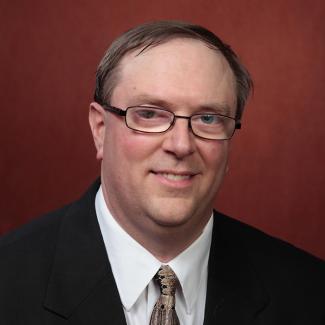
A team of Florida State University researchers has received more than $2.2 million from the U.S. Department of Energy to conduct research in experimental and theoretical high-energy physics.
The grant supports the work of eight faculty members who are part of the high-energy physics group. They are Professors Todd Adams, Harrison Prosper and Laura Reina; Associate Professors Andrew Askew, Fernando Febres Cordero and Takemichi Okui; and Assistant Professors Ted Kolberg and Kohsaku Tobioka. It also will fund three postdoctoral researchers and up to five graduate students.
The high-energy physics (HEP) group at Florida State has been funded for 61 years. The late Joseph Lannutti, who worked as both a physics professor and later as associate vice president for Research, founded the FSU HEP group in 1957. The following year, they received funding from the Atomic Energy Commission. The FSU HEP group has been funded by the AEC and its successors since that time.
The group comprises both experimental physicists and theoretical physicists. The theoreticians are predicting new physics; the experimentalists are trying to probe it. The group has contributed to some of the most exciting discoveries of the past 60 years, most recently the discovery of the Higgs boson in 2012.
“We are looking for signs of something new,” said Adams, the principal investigator for the project. “We have a standard model of particle physics, which we know isn’t complete. So, we know there must be something else out there, and we’re casting a wide net.”
The theoretical physicists study both the standard model and models that extend it. Part of the group’s effort involves making complex calculations to predict what experimentalists should expect to observe given our current understanding. Another part is developing models to predict what might be seen should new physics be found. Both are critical for interpreting new data.
“This is a unique time in particle physics with so many high-quality data coming available,” Reina said. “We are excited to be part of it and will rise to the challenge to interpret these data with new ideas and methods.”
The bulk of the group’s experimental work is conducted at CERN, the largest particle physics laboratory in the world, which straddles the border between France and Switzerland. FSU researchers are members of the CMS Collaboration working at the Large Hadron Collider (LHC).
The work requires constant vigilance from researchers because experiments using the facilities at CERN run around the clock for months at a time. Graduate students, postdoctoral researchers and faculty members take shifts monitoring highly complicated experiments.
“When we run these experiments, we look for things that are extraordinary,” Adams said.
The work at CERN also provides unparalleled educational and work experiences for graduate students and postdoctoral researchers who spend anywhere from a few months to a few years there.
“It’s a great opportunity,” Adams said. “You get to work with people from about a hundred other countries. There aren’t that many students who get that experience.”




